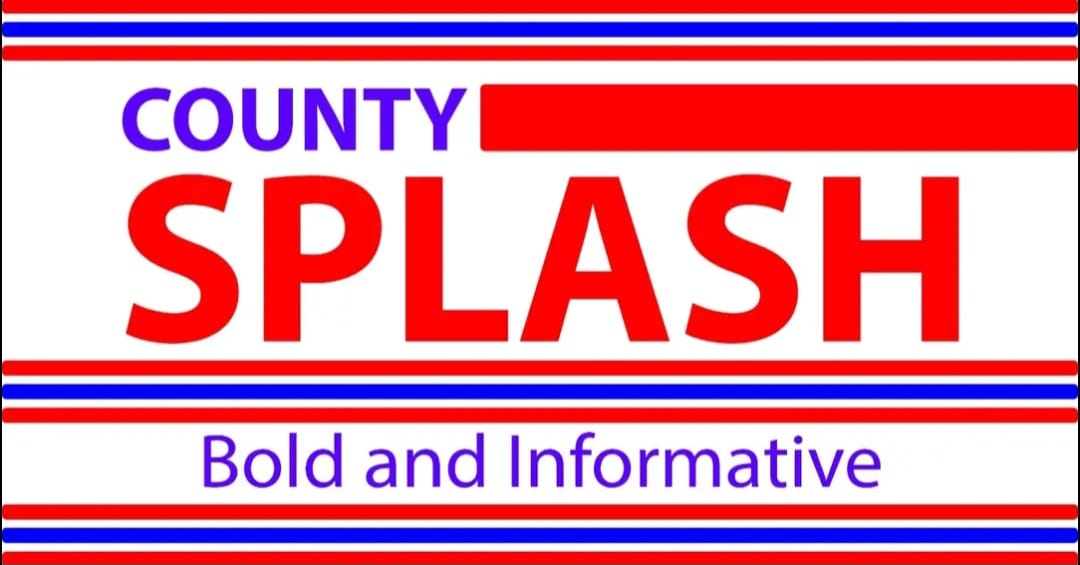A Collaborative Approach by Transparency International, EACC, Media, and DCI
By Kelvin Sang, Eldoret
Corruption has long been a major impediment to Kenya’s economic growth and governance. From inflated government contracts to bribery in public offices, corruption has seeped into various sectors, eroding public trust and draining resources meant for development.
However, the rise of technology offers a powerful tool to combat this vice. By leveraging digital innovations, institutions such as Transparency International (TI), the Ethics and Anti-Corruption Commission (EACC), the Directorate of Criminal Investigations (DCI), and the media can collaborate to enhance transparency, accountability, and efficiency in fighting corruption.
Digital Collaboration: A Game-Changer in the War Against Corruption
For years, corruption investigations in Kenya have been slowed down by bureaucracy, lack of evidence, and compromised witnesses. However, by embracing technology, anti-corruption agencies can share data, track suspicious financial activities, and fast-track prosecution. Here’s how technology can bring these institutions together in the fight against corruption:
- Blockchain for Transparent Government Transactions
Blockchain technology is a decentralized digital ledger that records transactions in a tamper-proof manner. If implemented in Kenya’s public procurement systems, it can prevent the manipulation of government contracts and ensure that every payment made is publicly verifiable.
How Collaboration Works:
Transparency International (TI): Advocates for policy adoption of blockchain in procurement.
- EACC: Monitors and audits contracts on the blockchain.
- DCI: Investigates anomalies flagged in blockchain transactions.
- Media: Reports on government projects using real-time blockchain data.
- Artificial Intelligence (AI) and Data Analytics in Investigations
AI can analyze large datasets to detect patterns of fraudulent activities in public offices. Through predictive analytics, AI systems can flag suspicious financial transactions, enabling early intervention.
How Collaboration Works:
- EACC & DCI: Use AI to identify irregular financial flows.
- TI: Provides research and recommendations based on AI-generated reports.
- Media: Uses AI-driven data to uncover corruption scandals.
- Digitized Whistleblower Platforms for Secure Reporting
Fear of victimization discourages many Kenyans from reporting corruption. Secure online whistleblower platforms, protected by encryption and AI-based identity masking, can encourage more people to come forward with information.
How Collaboration Works:
- TI & EACC: Manage secure whistleblower platforms.
- DCI: Investigates reports received from whistleblowers.
- Media: Publishes cases that have been verified through the whistleblower platform.
- Surveillance Technology and Digital Tracking of Public Funds
CCTV cameras, GPS tracking, and forensic accounting software can help monitor government spending and prevent fund misappropriation.
How Collaboration Works:
- EACC: Uses digital surveillance tools to track public resources.
- DCI: Investigates fund diversions detected through digital monitoring.
- Media: Uses publicly available surveillance data to expose corruption.
- Cybersecurity Measures Against Digital Corruption
As Kenya’s government and businesses shift to digital platforms, cybercriminals and corrupt officials find new ways to exploit loopholes. Strengthening cybersecurity protocols is crucial in safeguarding public resources.
How Collaboration Works:
- DCI: Establishes a digital forensic lab to detect cyber fraud.
- EACC: Enhances protection of public financial databases.
- TI & Media: Raise awareness about digital fraud and best cybersecurity practices.
- Smart Contracts for Transparent Public Procurement
Smart contracts are self-executing agreements stored on a blockchain, which automatically fulfill obligations once predefined conditions are met. This can prevent officials from altering procurement terms for personal gain.
How Collaboration Works:
- TI: Pushes for adoption of smart contracts in government procurement.
- EACC & DCI: Monitor smart contract execution to prevent tampering.
- Media: Investigates and reports irregularities found in public procurement.
- Social Media and Crowdsourcing Corruption Reports
Social media has emerged as a powerful tool for exposing corruption. Platforms like Twitter, Facebook, and WhatsApp enable real-time sharing of corruption-related cases, putting pressure on authorities to act.
How Collaboration Works:
- TI & EACC: Monitor social media for corruption-related reports.
- DCI: Verifies and investigates trending corruption allegations.
- Media: Amplifies whistleblower reports and demands accountability.
Conclusion: A United Front in the Digital Era
The war against corruption in Kenya requires a multi-faceted, technology-driven approach. By fostering collaboration between Transparency International, EACC, DCI, and the media, Kenya can build a robust anti-corruption framework that leverages blockchain, AI, digital surveillance, and social media to enhance accountability.
While technology alone cannot eliminate corruption, its integration into governance and law enforcement can significantly reduce opportunities for graft. With strong political will, digital transparency, and public participation, Kenya can make significant strides toward a corruption-free society.




